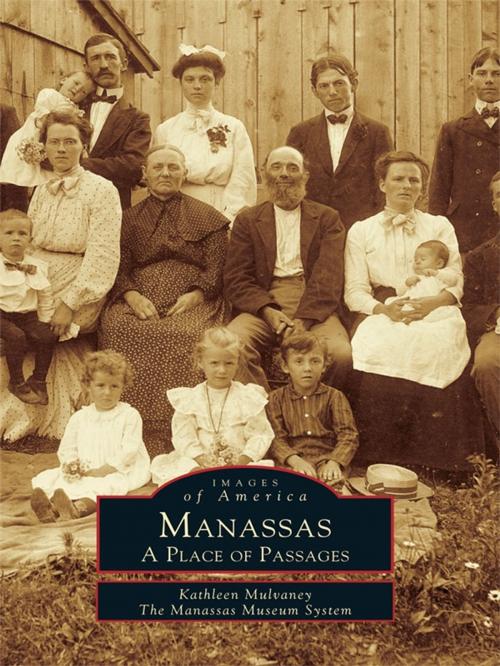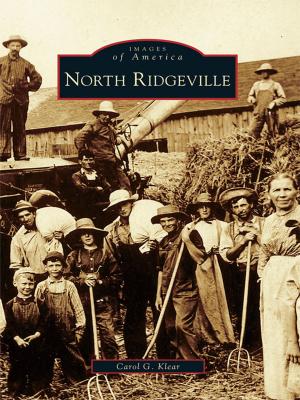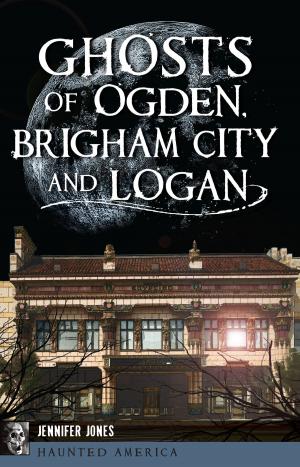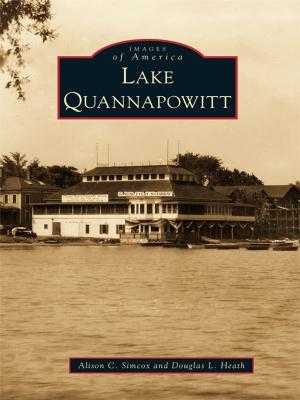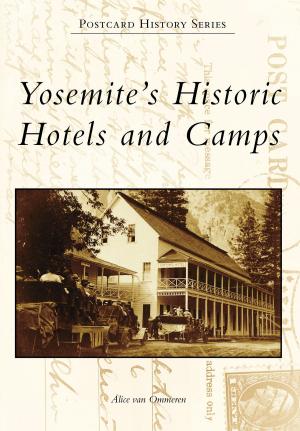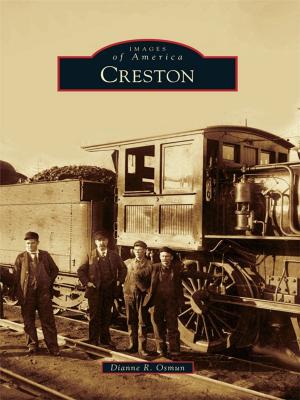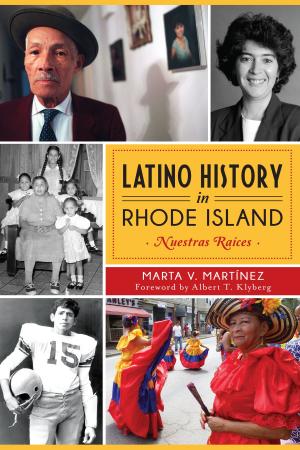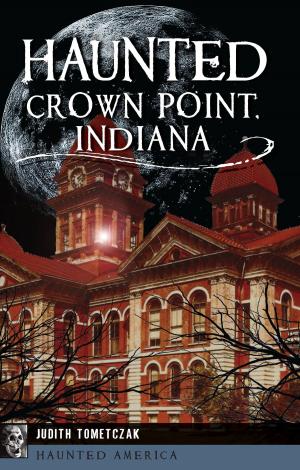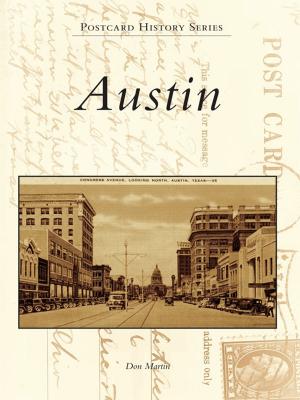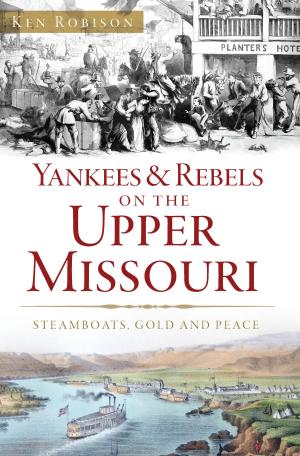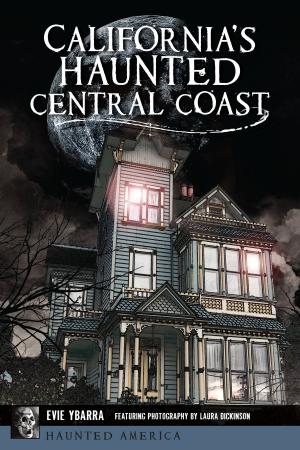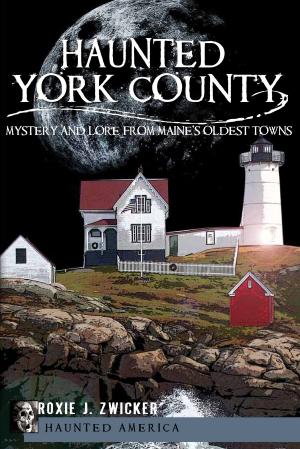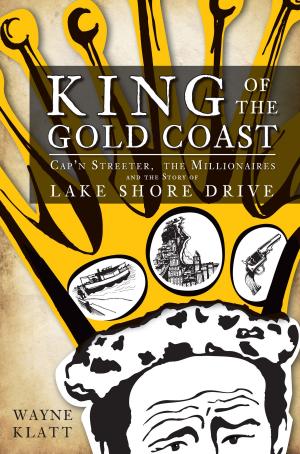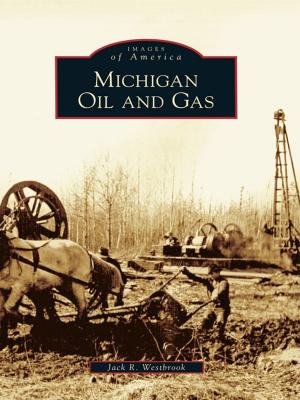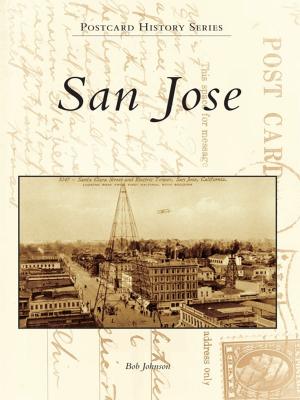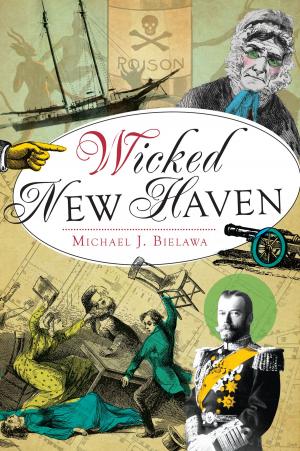Manassas
A Place of Passages
Nonfiction, Travel, Pictorials, Art & Architecture, Photography, History| Author: | Kathleen Mulvaney, The Manassas Museum System | ISBN: | 9781439629420 |
| Publisher: | Arcadia Publishing Inc. | Publication: | September 3, 2003 |
| Imprint: | Arcadia Publishing | Language: | English |
| Author: | Kathleen Mulvaney, The Manassas Museum System |
| ISBN: | 9781439629420 |
| Publisher: | Arcadia Publishing Inc. |
| Publication: | September 3, 2003 |
| Imprint: | Arcadia Publishing |
| Language: | English |
With its humble beginnings as a small train junction in Virginia�s northern piedmont region, Manassas has evolved from a traditional rural community into a leading city of the New South, serving as a focal point for new businesses and growth outside of our nation�s capital. Though the Civil War left an indelible mark on the character of Manassas, the area�s citizens and post-war newcomers were able to begin anew, building a progressive town, full of promise and hope, upon the four-year conflict�s ashes and battle-scarred landscape. In Manassas: A Place of Passages, this historic town comes alive, allowing the reader to take an entertaining and educational visual journey from the early days of the �Iron Horse� at Manassas Junction in the mid-nineteenth century to a more prosperous Manassas in the early twentieth century, when the streets were newly paved and lined with family-owned businesses. This comprehensive volume touches upon every facet of community life: schools, such as the Manassas Institute and the Manassas Industrial School for Colored Youth; the town�s many historic churches, which were acknowledged, at one time, by Ripley�s Believe It or Not!; several prominent families and civic leaders; and general scenes of people participating in recreational activities, from piano lessons and plays to athletic teams and parades.
With its humble beginnings as a small train junction in Virginia�s northern piedmont region, Manassas has evolved from a traditional rural community into a leading city of the New South, serving as a focal point for new businesses and growth outside of our nation�s capital. Though the Civil War left an indelible mark on the character of Manassas, the area�s citizens and post-war newcomers were able to begin anew, building a progressive town, full of promise and hope, upon the four-year conflict�s ashes and battle-scarred landscape. In Manassas: A Place of Passages, this historic town comes alive, allowing the reader to take an entertaining and educational visual journey from the early days of the �Iron Horse� at Manassas Junction in the mid-nineteenth century to a more prosperous Manassas in the early twentieth century, when the streets were newly paved and lined with family-owned businesses. This comprehensive volume touches upon every facet of community life: schools, such as the Manassas Institute and the Manassas Industrial School for Colored Youth; the town�s many historic churches, which were acknowledged, at one time, by Ripley�s Believe It or Not!; several prominent families and civic leaders; and general scenes of people participating in recreational activities, from piano lessons and plays to athletic teams and parades.
